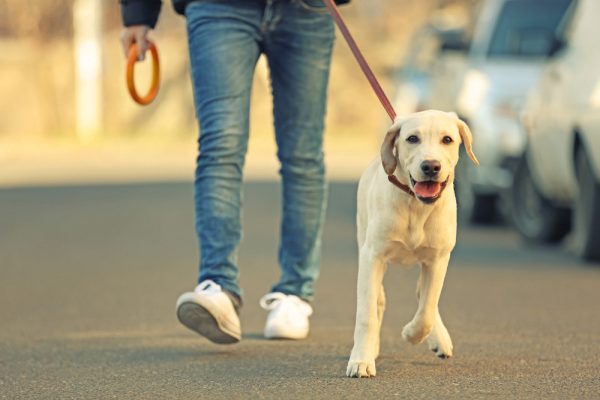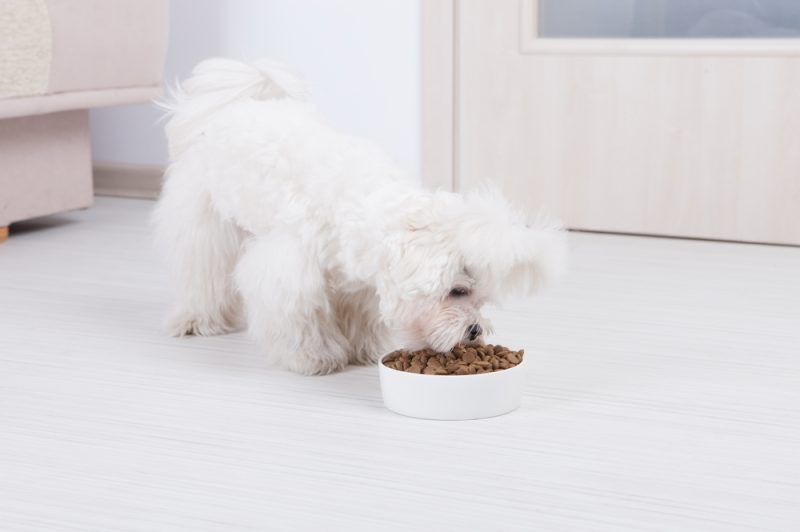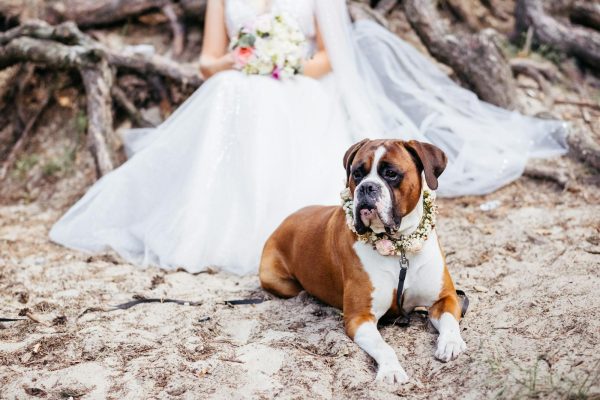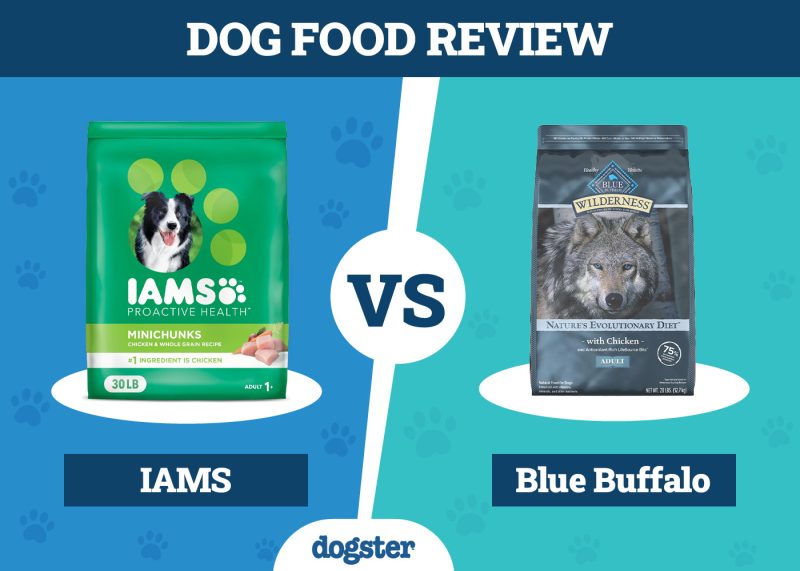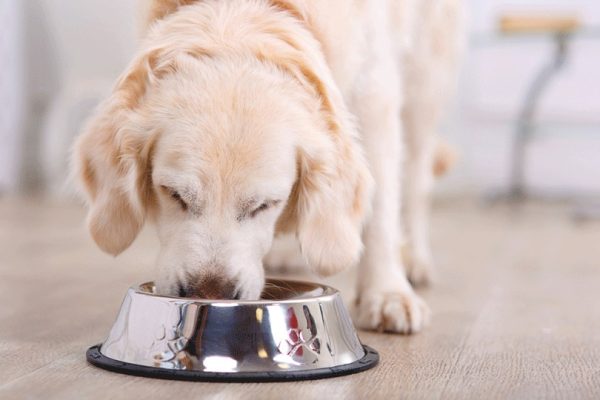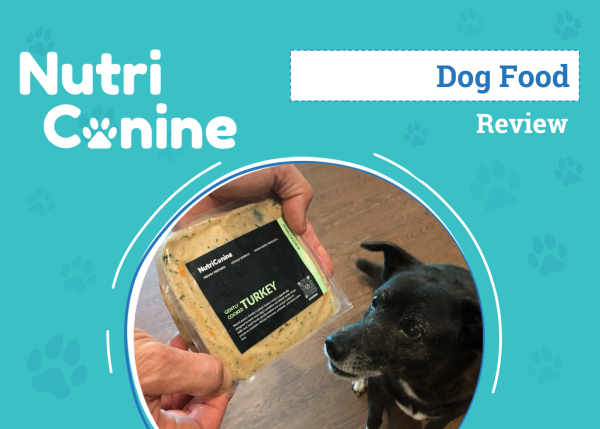It can be worrying if you have noticed that each time you leave the house your beloved dog throws up, not to mention a little irritating if you happen to step in the vomit or scrape the door over it when you arrive home!
While a one-off episode of vomiting isn’t usually anything to be overly concerned about, persistent or regular episodes need further looking into. Frequent vomiting could be due to an underlying health condition that you’ll want to have diagnosed and treated by your veterinarian. Alternatively, your dog could be suffering from separation anxiety, which we will concentrate on in this article and discuss in further detail.

What Is Vomiting?
Vomiting is the forceful passage of stomach contents through the esophagus to the exterior. It is an active process involving abdominal contractions (retching). Vomiting often contains partially digested food and is a protective reflex to remove toxins or foreign bodies from the gastrointestinal tract. Your dog may exhibit signs of nausea before vomiting, such as drooling, licking their lips, and pacing.
Causes of Vomiting
Vomiting can occur for a variety of reasons, including infections, eating something they shouldn’t have, dietary issues, parasites, organ issues, and cancer, to name a few. Vomiting can also be caused by stress and anxiety.
If you’re concerned about your pet’s well-being, we recommend you contact a veterinarian.
If you need to speak with a vet but can't get to one, head over to PangoVet. It's an online service where you can talk to a vet online and get the personalized advice you need for your pet — all at an affordable price!
What Is Separation Anxiety?
Anxiety is a response to something your dog doesn’t like or is fearful of. Separation anxiety, specifically, is the response some dogs may exhibit when you are not there. They can become so attached to you that they get distressed when you’re not in their immediate vicinity.
Signs of Separation Anxiety
- Panting
- Shaking
- Destructive behavior, such as chewing, ripping, and clawing at furniture, flooring, or any of your belongings
- Excessive drooling
- Clinginess
- Soiling in the house
- Barking/howling/whining/whimpering/crying
- Restlessness/pacing
- Licking their lips
- Tail between their legs
- Retreating or running away
- Repetitive behaviors, such as excessive licking
- Vomiting

How to Help Your Dog With Separation Anxiety
This takes time, consistency, and persistence, but it is possible to remedy the issue. The goal is to help your dog become less fearful and more relaxed when you leave them. Separation anxiety is complex and a vast issue to treat and advise on; therefore, help should be sought from your veterinarian and/or a canine behaviorist to yield the best results, as treatment is based on each individual dog.
1. Identify the Timeframe
Does your dog get immediately upset when you leave or does it happen after being alone for a certain amount of time? Does your dog start off very upset and then calm down, or do they continue to stay worked up the entire time you are gone? All of these are questions that can help you determine the best course of action. You may need to use a video camera or listen outside the door to find the answers to these questions.
You may also try to decipher if the behavior is due to loneliness, boredom, frustration, needing the toilet, wanting exercise, or because of noises and disturbances outside, as these could further shape your plan.
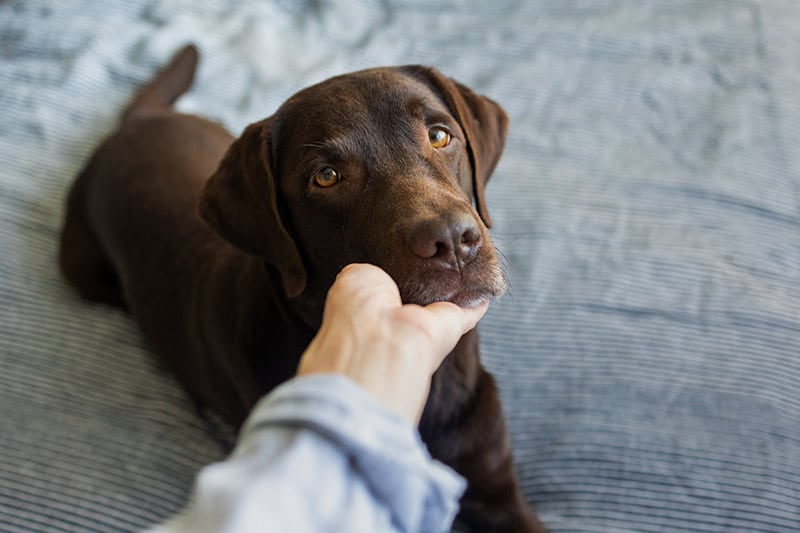
2. Consistent Training
Some sort of training or retraining program needs to be instigated. As each dog is unique, this is not a complete solution but should be a helpful start. We recommend following the direct instructions of your vet.
- Start with short periods. Leave your dog alone for just a few minutes. Gauge their reaction and reward them for good behavior. Gradually start to increase the amount of time you’re gone with rewards at the end for good behavior.
- Leave special/favorite toys around to occupy and distract If your dog has something interesting and fun to do while you are gone, this may help keep them from getting upset and vomiting. Examples might include security stuffed toys/teddies, blankets that smell like you, their favorite balls, interactive puzzles, treat balls, and toys that you can stuff and fill with tasty treats. Remember that any treats or chews given need to be deducted from the daily food allowance to prevent overfeeding.
- Make sure the basics have been seen to. Be sure your dog has been fed, has water, is getting plenty of exercise and mental stimulation, and has been out for a potty break before you leave. This will help ensure that their separation anxiety and potentially their vomiting isn’t due to one of their basic needs not being met.
- Minimize disturbances. Minimized disturbances could also help calm your pooch. The goal is to make your home as zen and relaxing as possible. To achieve this, you can try closing the curtains on all windows and doors, leaving a radio or TV on to muffle outside noises, or placing them in their own room with everything they’ll need while you’re away. However, this is really based on the individual dog, so you’ll need to monitor how they react to these before leaving for longer periods.
- Never punish your dog for vomiting or unwanted behaviors. Your dog isn’t getting themselves worked up on purpose, so if you happen to come home to a pile of dog vomit, the last thing you want to do is punish your dog for, as this could make the problem even worse. Rather than punish, reward good behaviors.
- Consider hiring dog sitters and walkers. These are helpful options and are particularly recommended if you are leaving your dog for more than 4 hours. Having other people to check in on your dog periodically can be comforting and helpful to them (and you!)
- Medication. Your veterinarian or behaviorist may suggest medication to help with retraining and to ease any nausea.
3. Get a Specialist Involved
Some severe cases of separation anxiety may require more than these tips. In these cases, getting a specialist involved may be key. This could be your veterinarian, a dog trainer, or a clinical behaviorist. Your veterinarian is a great first resource to rule out medical causes for vomiting and to help start working on your dog’s separation anxiety, but a professional trainer or animal behaviorist may be necessary for further training.
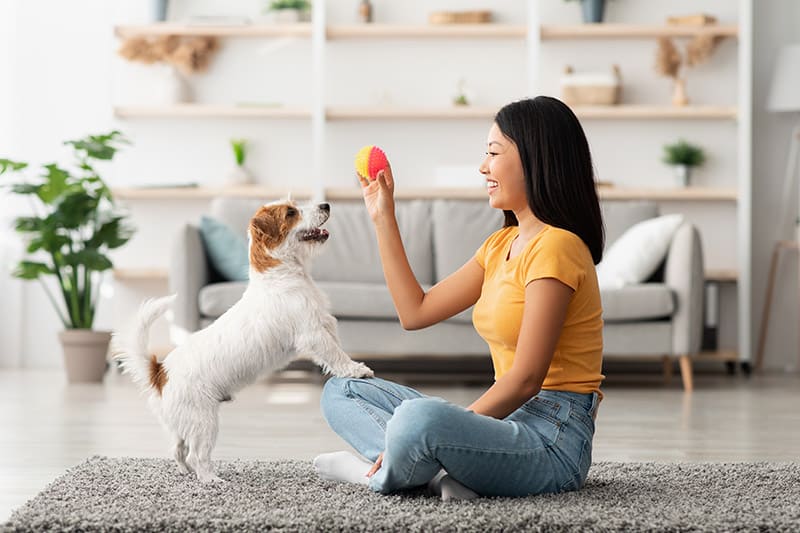

Conclusion
Having a few vomiting episodes here and there is par for the course of pet parenting; however, when it becomes a pattern or is only happening when your dog is alone, it needs investigating. It could be due to health problems requiring veterinary investigation and treatment, or it could be due to separation anxiety.
See also:
- Why is My Dog Throwing Up Black or Dark Red Vomit? Important Health Facts
- How to Make My Dog Vomit Without Hydrogen Peroxide: Our Vet Explains
Featured Image Credit: Cunaplus, Shutterstock






